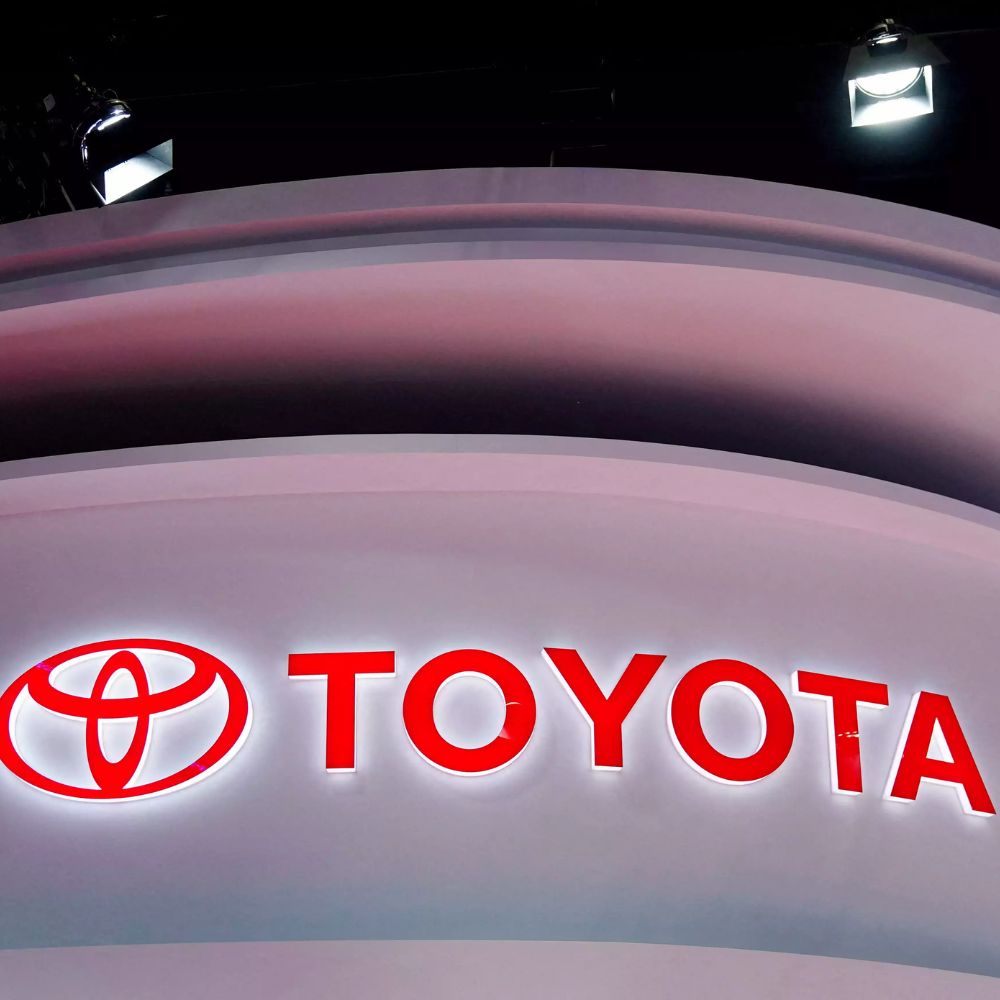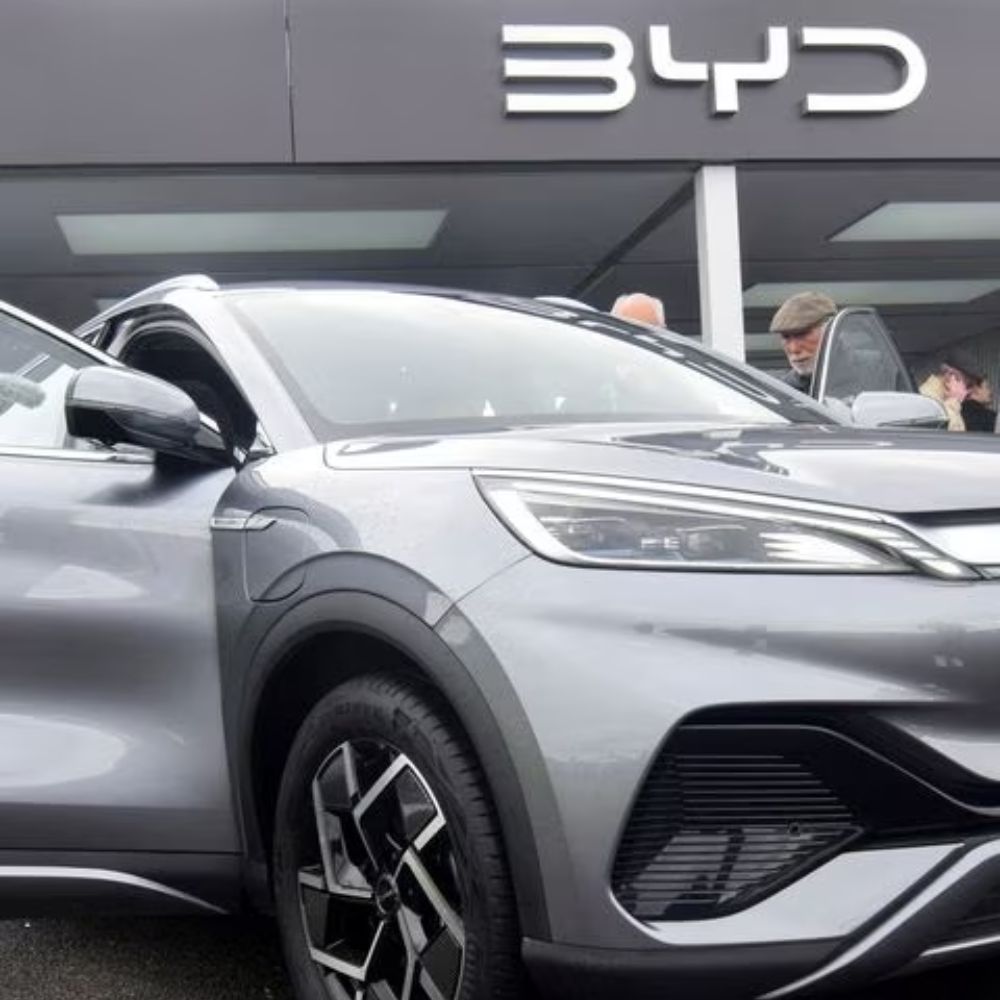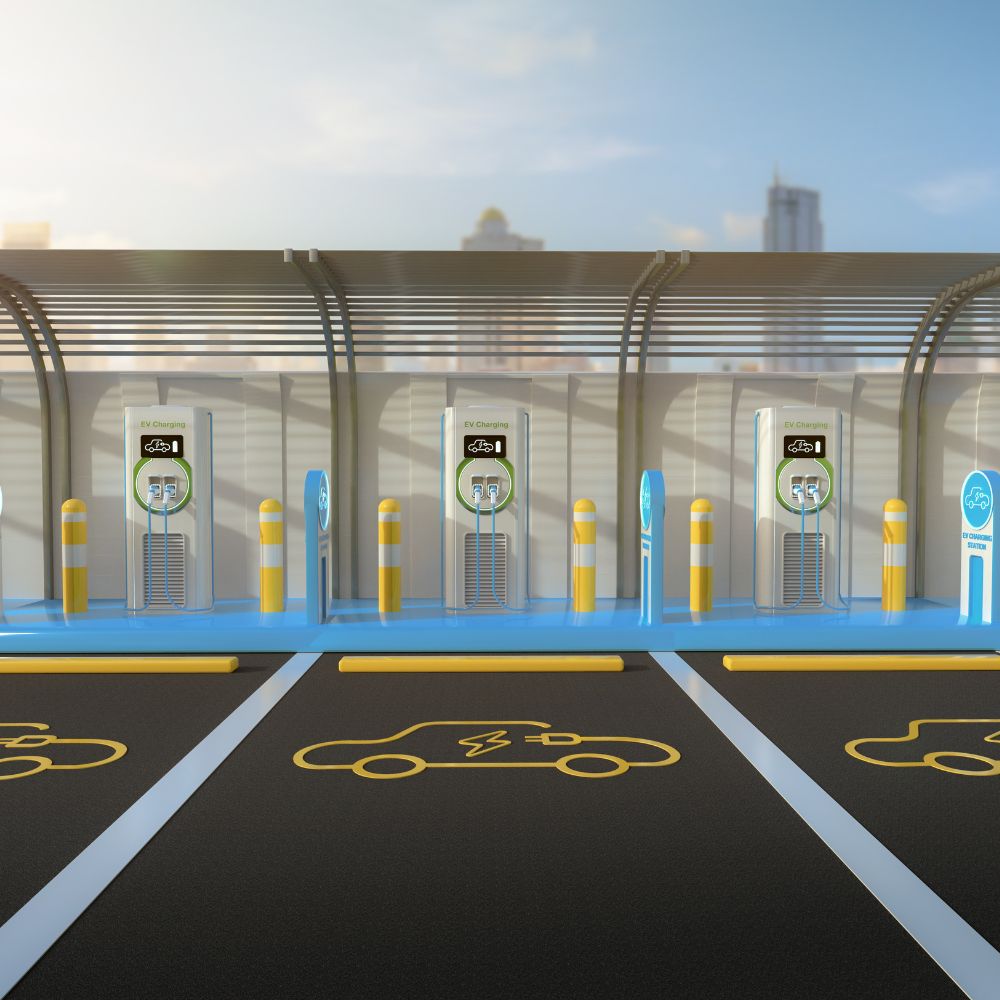Since the advent of electric vehicles and their being launched in the public domain, their popularity has increased to another level all around the world. Not just these electric vehicles environmentally friendly but also these vehicles are heading towards the future that will transform the automotive industry in upcoming years. Apart from being cost-effective and environmentally friendly, these vehicles are also changing the way we think about the energy grid. The shift will not be just an environmental and technological advancement but will also be one that will leave a huge impact on society.
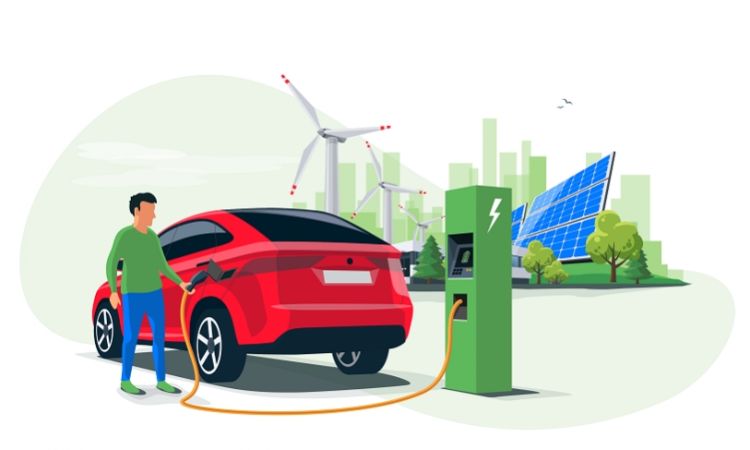
But do you know that the launch and use of these vehicles will also grow the demand for changing the traditional transport infrastructure as well as the energy grid? To make these vehicles work for a longer period a lot of energy and electricity will be needed. Keeping all the consideration with the passing of time, more innovative solutions are needed that can be easily integrated into the energy system to ensure both reliability and stability.
In this context, Today in this article, we have bought for you all the information and much-needed facts and figures that will help you to understand the implications of EVs on the energy grid and the opportunities and challenges they present.
What are electric vehicles and how will they impact the energy grid?
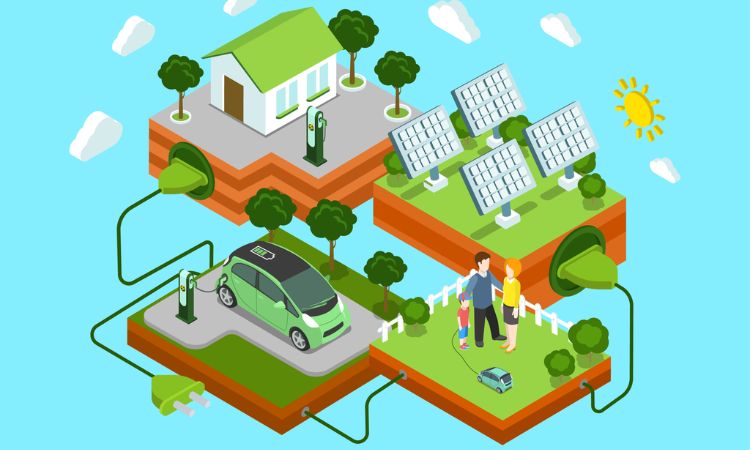
Electric vehicles are vehicles that depend on electricity to operate. These vehicles have motors installed in them that convert the mechanical energy into electrical energy making the vehicle run and easy to drive. Although this is one of the finest methods to reduce emissions and save the environment from pollution but also this method requires a lot of electrical energy and imagine all around the world thousands of electric vehicles are in need of charging at the same time. You would have understood to make it all really a lot of power consumption will take place and for the power to be consumed, the energy rids need to be developed and maintained to take the extra load at every moment. The more the number of electric vehicles will increase the more will the demand for electricity consumption will.
But you might be surely wondering what actually is an energy grid. The answer is-. The energy grid is the system that delivers electricity from power plants to consumers, This system consists of power generation, transmission lines, distribution substations, and local distribution networks. The integration the EVs with the energy grid will surely increase power consumption and will also increase the load on the energy grids at the same time. At peak charging times, the load might result in power failure at a larger scale. Also, it needs to be understood that, the location and timing of the particular can affect the Energy grid as a whole, solutions on the same need to be found to incorporate successful electric vehicles all around the world.
Energy Demand and Impact of Electric Vehicles:
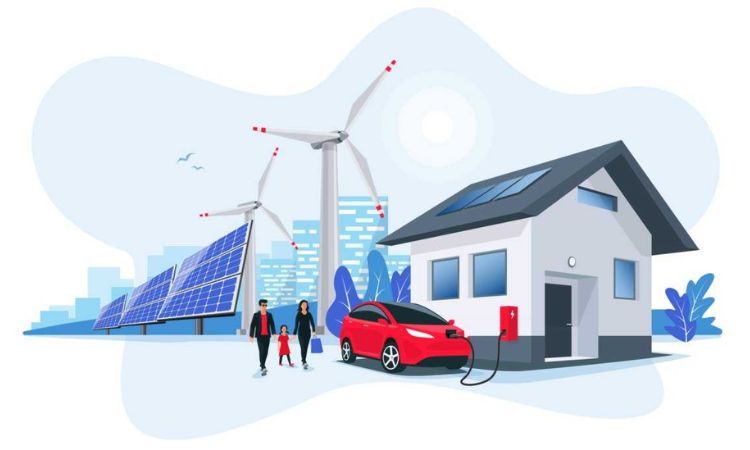
In a recent survey by e International Energy Agency (IEA), the global EV stock is expected to increase from 7 million in 2019 to 245 million by 2030. This will lead 6% rise in the demand for electricity at the global level. Also, it’s an evident fact that this significant demand will increase particularly during peak charging times. This increase will be seen much more in countries that already started to become more reliable and associated with electric vehicles such as China and Countries in the European Continent.
Location, timing, and charging needed per vehicle are the other factors that require some innovative solutions on the same. The demands also need to be balanced for the consumption of electricity and it will be the one that will ensure the reliability and stability of the grid. Although present we have smart solutions like- Vehicle-to-grid (V2G) technology, (This technology enables EVs to store and discharge energy to and from the grid, which could help mitigate the impact of EVs on energy demand), And scheduling charging times to avoid peak demand periods.
Building a smarter grid: How new technologies are Helping to Manage the Load
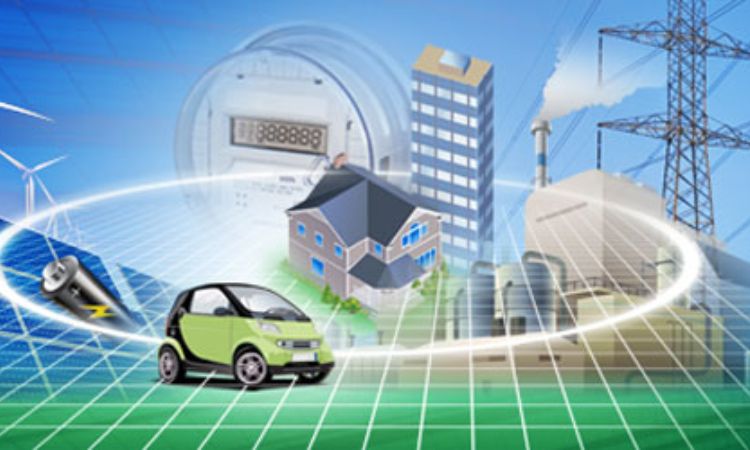
The integration of EVs into the energy grid can be managed only with the introduction of a more flexible and intelligent system that will help the grid to become more smarter and relevant with time. There are many technologies that are providing smart for all these problems- some of the solutions are given below that are used by people and companies around the world.
Smart Meters-These meters are very reliable and efficient. With the help of these meters, one can easily do the real-time monitoring and measurement of energy consumption, this results in allowing consumers to better manage their energy use and also they can avoid peak demand periods.
Demand Response- In this technology customer will is needed and customers are incentivized
to reduce their energy use during peak demand periods.
Also, there are many energy storage systems, such as batteries and pumped hydro storage, that can help balance the energy supply and demand, particularly during periods of high demand. Some other solutions such as vehicle-to-grid (V2G) technology allows EVs to be used as a source of energy storage, this enables electronic vehicles to charge during periods of low demand and discharge during periods of high demand. This helps the energy grid to be maintained in a better aspect and helps in building a smarter grid as well.
Opportunities in the market:
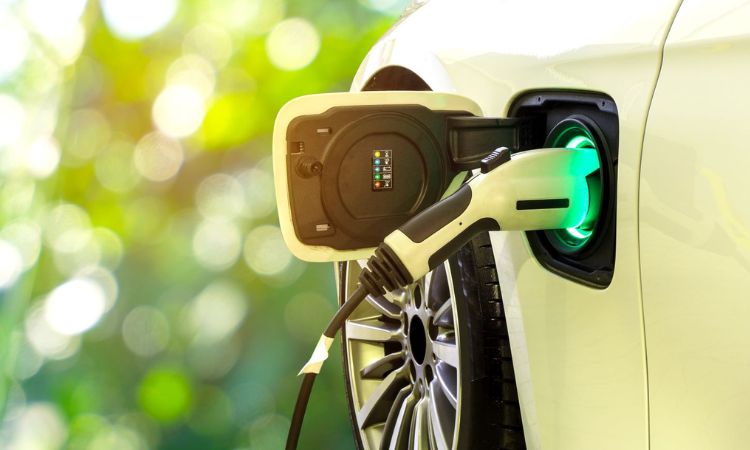
With the rise in electronic vehicles, there are many opportunities that will arise in the market some of them are as follows-
EVs can be used to provide grid services such as demand response and energy storage This will serve as a helping hand to manage and maintain the grid and more renewables can be integrated easily.
The demand gets increased for electricity from EV charging can drive bigger investments in renewable energy sources. Also, the world will start to pay attention to the alternatives and development on the same as well.
One of the biggest causes of air pollution is carbon emissions this emission will slow down fastly with the rise of Electric vehicles helping in contributing to global decarbonization efforts.
Electronic vehicles will prove to be a promoter of renewable energy integration.
The future of the energy grid:

The future of the energy grid is very bright as more and more time is passing by countries and people are getting awareness about electronics. In many European countries already many electronic vehicles have started to operate in the form of public transportation. As more and more people will be accepting this shift, the demand for electricity will reach its peak soon. We will be needing more flexible time savvy and developed to cater to the needs of the world population.
To manage this variability and ensure grid stability, energy storage systems, the usage of lithium-ion as batteries, and pumped hydro storage, will be a changemaker. Smart charging, Scheduling the vehicle charging, Location of charging centers and timings, and charging powers needed to charge a particular vehicle will also be researched and found out more with time to bring more savvy and sustainable solutions to maintain the energy load of the energy grids. Apart from all this, support and significant investment will be required from both government and companies for both renewable energy and grid infrastructure. Working together to develop innovative solutions that can support the transition toward a more sustainable and decarbonized energy system will make the process smooth and easier.
.
Conclusion
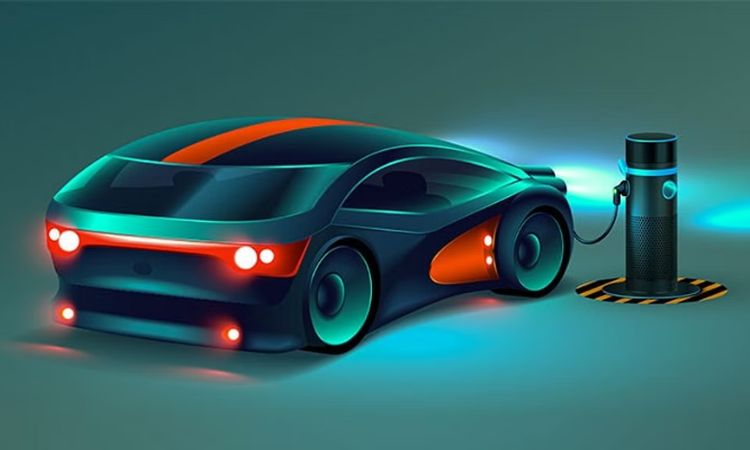
In conclusion, the increasing adoption of electric vehicles will not only help humans to provide a sustainable and pollution-free environment but it is ready to present both challenges and opportunities, for the energy grid. We can fix this problem by By embracing innovative solutions such as V2 G technology, smart charging, and usage of energy storage systems, With significant investment and collaboration between governments, energy companies, and the wider community the human race will be able to build a more sustainable and eco friendly with the usage of e vehicles while protecting the energy grid as well.
*All of the above images are taken from Google.











